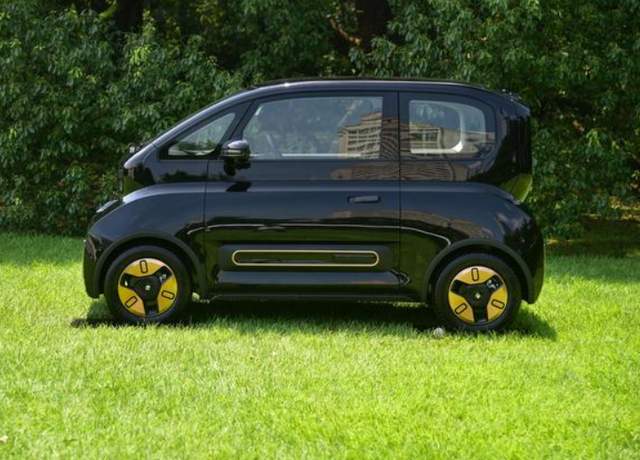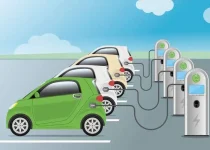What are the main advantages of electric vehicles (EVs) over traditional internal combustion engine (ICE) vehicles?

The main advantages of electric vehicles (EVs) over traditional internal combustion engine (ICE) vehicles include:
- Environmental benefits: EVs produce zero tailpipe emissions, reducing air pollution and contributing to better air quality, especially in urban areas.
- Lower operating costs: Electricity is generally cheaper than gasoline, making it more cost-effective to power an EV. Additionally, EVs have fewer moving parts, leading to reduced maintenance costs (e.g., no oil changes, less frequent brake replacements).
- Energy efficiency: EVs convert a higher percentage of energy from the grid into actual vehicle motion, making them more energy-efficient than ICE vehicles, which lose a significant amount of energy as waste heat.
- Quiet operation: EVs are generally quieter than ICE vehicles, contributing to lower noise pollution levels.
- Instant torque and smooth acceleration: Electric motors provide instant torque, resulting in faster and smoother acceleration compared to ICE vehicles.
- Regenerative braking: This feature allows EVs to recover energy during braking, converting kinetic energy back into electricity and extending the driving range.
- Reduced dependence on fossil fuels: EVs can be charged using renewable energy sources (e.g., solar, wind), reducing dependence on oil and other fossil fuels.
- Potential for vehicle-to-grid (V2G) technology: EVs can potentially be used as mobile energy storage units, providing power back to the grid during periods of high demand.
- Support for climate change mitigation efforts: By reducing greenhouse gas emissions, EVs can help countries meet their climate change mitigation goals.
- Incentives and subsidies: Many governments offer incentives, such as tax credits, reduced registration fees, or access to special driving lanes, to encourage EV adoption.
- Lower center of gravity: EVs typically have their batteries placed low in the chassis, resulting in a lower center of gravity. This can lead to improved handling and stability while driving.
- Reduced reliance on imported oil: By shifting transportation to electricity, countries can reduce their dependence on imported oil and enhance their energy security.
- Potential for over-the-air (OTA) updates: EVs, particularly those with advanced infotainment systems, can receive OTA software updates, which can improve vehicle performance, fix issues, and add new features without requiring a visit to a dealership.
- Strong resale value: Certain EV models have been shown to retain their resale value better than ICE vehicles, as a result of their lower maintenance costs and increasing demand for used EVs.
- Integration with smart grids: As EV charging infrastructure becomes more advanced and widespread, EVs can be integrated with smart grids, enabling better energy management and more efficient use of electricity resources.
- Supports the development of clean energy: Increased demand for EVs can drive further investment in renewable energy infrastructure, reducing overall greenhouse gas emissions from electricity production.
- Encourages innovation: The growing EV market has spurred innovation in battery technology, charging infrastructure, and vehicle design, which can lead to further improvements in efficiency, range, and cost.
- Health benefits: By reducing air pollution, EVs can contribute to improved public health, particularly in densely populated urban areas where air quality is often poor.
- Simplified design: EVs generally have a simpler drivetrain compared to ICE vehicles, with fewer moving parts, which can lead to increased reliability and longer-lasting components.
- Positive public perception: Many consumers view EVs as a responsible and environmentally friendly choice, which can contribute to a positive public image for both EV owners and manufacturers.


